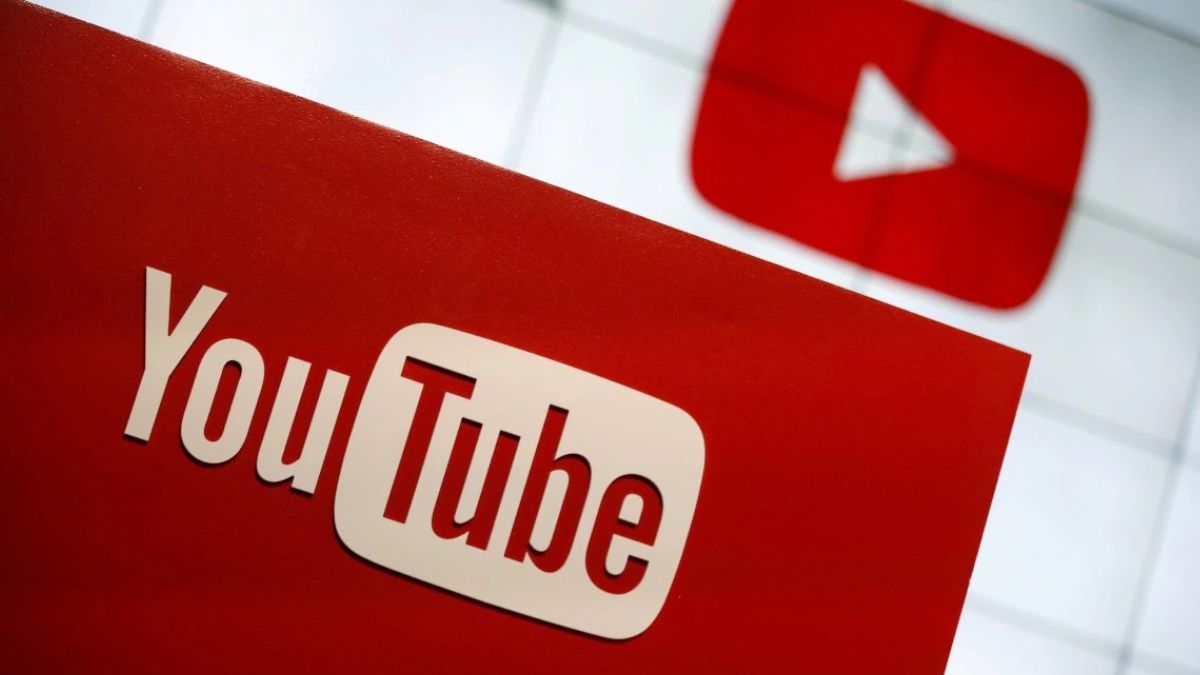 Image Credits - old.arabtimesonline
Image Credits - old.arabtimesonline
Advertisement
YouTube has unveiled new AI detection tools aimed at safeguarding creators from unauthorized use of their likenesses, including faces and voices, in AI-generated content. This initiative expands upon YouTube’s existing Content ID system, which currently manages copyright-protected material. The enhanced system will now feature synthetic singing identification technology to detect AI-generated content that mimics a person’s singing voice. Additionally, the company is working on technology to detect when an individual’s face is generated or altered using AI.
This move comes as part of YouTube’s broader strategy to address concerns surrounding the use of its content for training AI models. Creators have long expressed frustration over companies like Apple, Nvidia, Anthropic, OpenAI, and Google utilizing their content without consent or compensation. Although YouTube has not yet detailed a comprehensive plan to address this issue or generate additional revenue, the company has acknowledged that solutions are in development.
YouTube’s announcement builds on its previous commitment to compensate artists for their work used in AI-generated music. Last year, the platform began collaborating with Universal Music Group (UMG) and other partners to refine its Content ID system to identify rightsholders and ensure they are compensated appropriately. The expanded system, which processes billions of claims annually, is set to pilot synthetic singing identification technology with partners early next year.
In addition, YouTube is working on a solution for high-profile figures such as actors, musicians, and athletes to detect and manage AI-generated content featuring their likenesses. This system aims to prevent misuse, such as misleading endorsements or misinformation. While the timeline for this technology remains unspecified, YouTube has confirmed that it is actively developing the tool.
YouTube’s ongoing efforts reflect its commitment to enhancing human creativity through AI while addressing potential risks associated with evolving technologies. The platform continues to work with its partners to establish safeguards and ensure fair treatment for creators.
